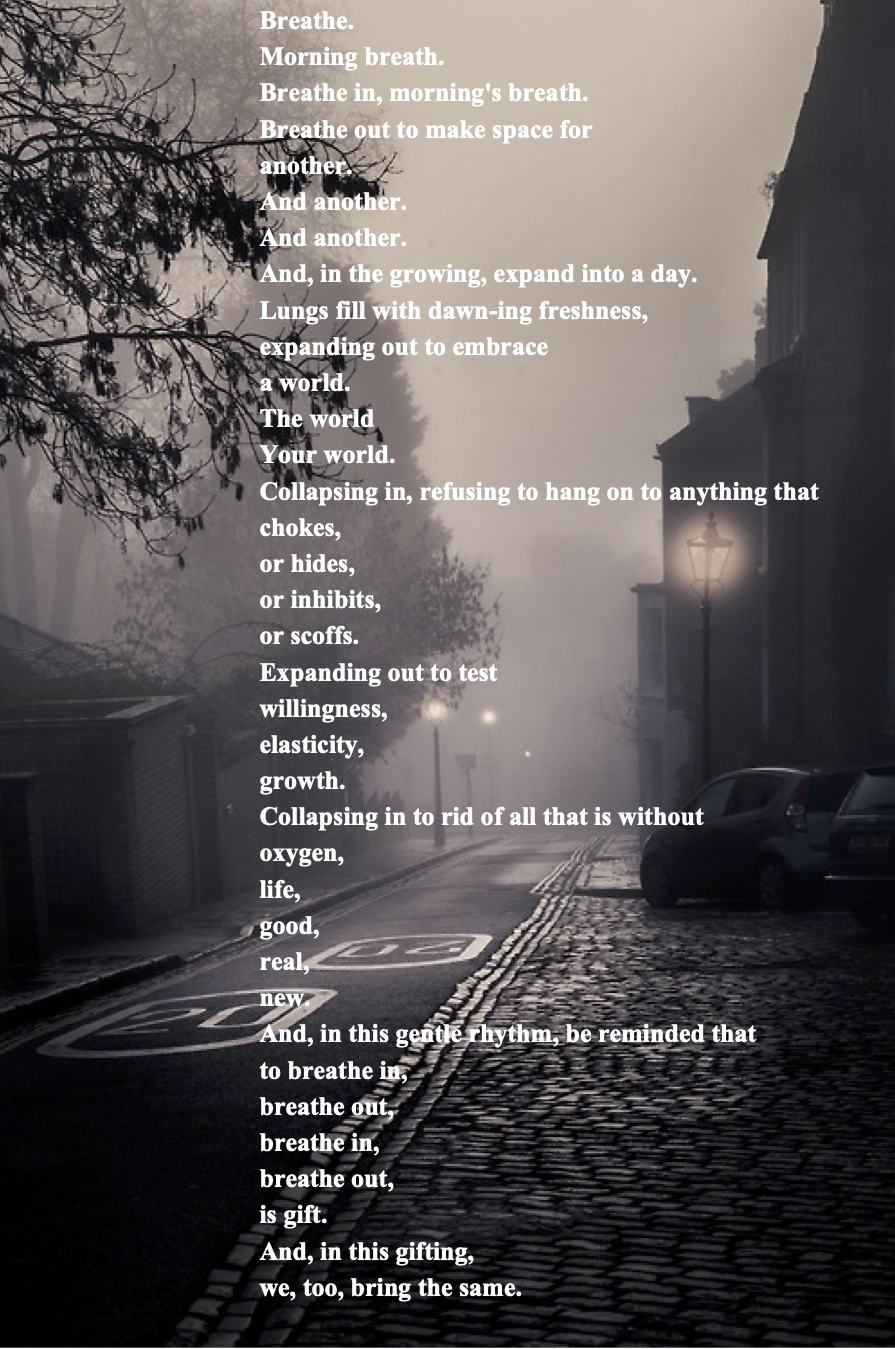
One of the things most human is our shared love of story. The swashbuckling reveries of grandiose characters in drama or comedy, romance or tragedy, that bespeak our common existence. We are, for a few moments at least, transported beyond the banalities of daily existence into another world. A world of imagination. A world where anything is possible. A world where rights are wronged, where grown men cry and grown women conquer. A world that brings hope and the promise of a new tomorrow.
Let’s admit shall we that, whether or not you are a person of faith who believes in the literal, historic events of Jesus, an ardent atheist, or even someone of different faith, one can hardly deny that his person and work make for an amazing story. Try as he might to keep things tight and under wraps, he was consistently headline worthy. Even in his day he was deeply polarizing.
He certainly said some weird stuff. In one encounter with a Syrophoenician woman he stated, rather insultingly, “Let the children be fed first, for it is not fair to take the children’s food and throw it to the dogs.” Dude, really? To the casual observer, he could be whiny, “how long must I endure this faithless generation?” Like, wow. One word: take a breath (hyphens not included).
He is as enigmatic as he is tragic. Hard to pin down and easy to argue about, Jesus never submitted well to easy stereotypes or casual name-brand philosophies.
The blessed among us grew up reading or listening to stories. Those without this experience are truly the poorer for it and to be pitied above all else. To tell a story is to welcome mystery, fantasy, possibility, into our lives. Everyone needs that.
The Bible is literally a collection of stories, both literal and otherwise. It’s arc is that of a journey. It is one great exodus from a place of slavery, woe, and darkness into the Promised Land of freedom, joy, and light. What was seen as macro in the Old Testament through a nation – her monarchs, mayhem, and movements was pictured later in the living allegory of love itself, Jesus the Christ.
I recently came upon this remarkably inventive little meme. It is wonderfully succinct and simple. It is a one-stop shop for the incarnational story of redemption. A creative at heart, I have always marveled at the unending possibilities the sacred calendar offers for creativity. Drenched in changing colours, themselves a metaphor of deeper spiritual-theological realities to which they point, possessing interesting descriptors like “Ordinary Time” or “Epiphany.” It is a playground of possibility.
But what I love most about the church calendar is how it celebrates our common love of story in one great story, retold every year. It is the ongoing reminder that every moment of every day of our lives is something holy. We live the mundane in the well-lit streets of God’s neighbourhood. And nothing gets wasted. The times of our lives are mimicked in the smaller patterns of the Paschal Mystery, itself mirrored in the sacred calendar.
Anticipation of Advent.
Our longings are always met by God, but in unexpected ways; in little things, unseen or forgotten things; out of the way things. In pregnant teenage moms and confused dads. In the injustices of supply and demand, leading to scandalous birthing conditions.
Incarnation at Christmas.
In shivering babes without homes. A child far beyond their parents’ ability to understand or control grows to be a man of profound ability and dubious abilities. A man with an unending capability for love of the least and worst.
Revelation in Epiphany.
These longings are experienced by everyone, not just the acceptable, country-club religious. Even pagan philosophers, totally outside the proper parameters of faith and, as such, acceptability, find their way to Jesus. And they came not just out of curiosity. They came to worship. Try that one on for size, o ye doctrine police!
Repentance through Lent.
The richest things are found not in laughter and smiles but through the forgiveness of wrongdoing, the weighing of life in the balance and grace received to make up that which lacks. There is good stuff to be found in the dark soil of penitence. Here we meet God at His/Her most vulnerable. The self-giving God who pursues death that we might have life.
Resurrection at Easter.
The sacred story, although confusing, rough and often dark, is one that only gets better in the telling. Death means little to a God always busting at the seams to live. The grave was a blip on the screen to Jesus whose eternal realities were too intimidating for death. Up from the grave He arose – and we with Him.
New life at Pentecost
The Gospel was never intended as a window-dressing tale to be told to well-dressed children from gold-gilded pages. It is a story as fresh and wild and untamable as the God who is its author. That story becomes powerfully ours at Pentecost.
The rest of the story in Ordinary Time
We then must learn to inhabit these truths. Let them inhabit us. Learn them. Trust them. Doubt them. Love them. Hate them. Deny them. Reintegrate them. Love them. Let them love us, until we start all over again.
Why not learn to live in such a way that the immensity of grace finds place in us at every point of our calendar? I pray that, for you as for me, this story becomes ever more our own to cherish, to tell.
To live.









